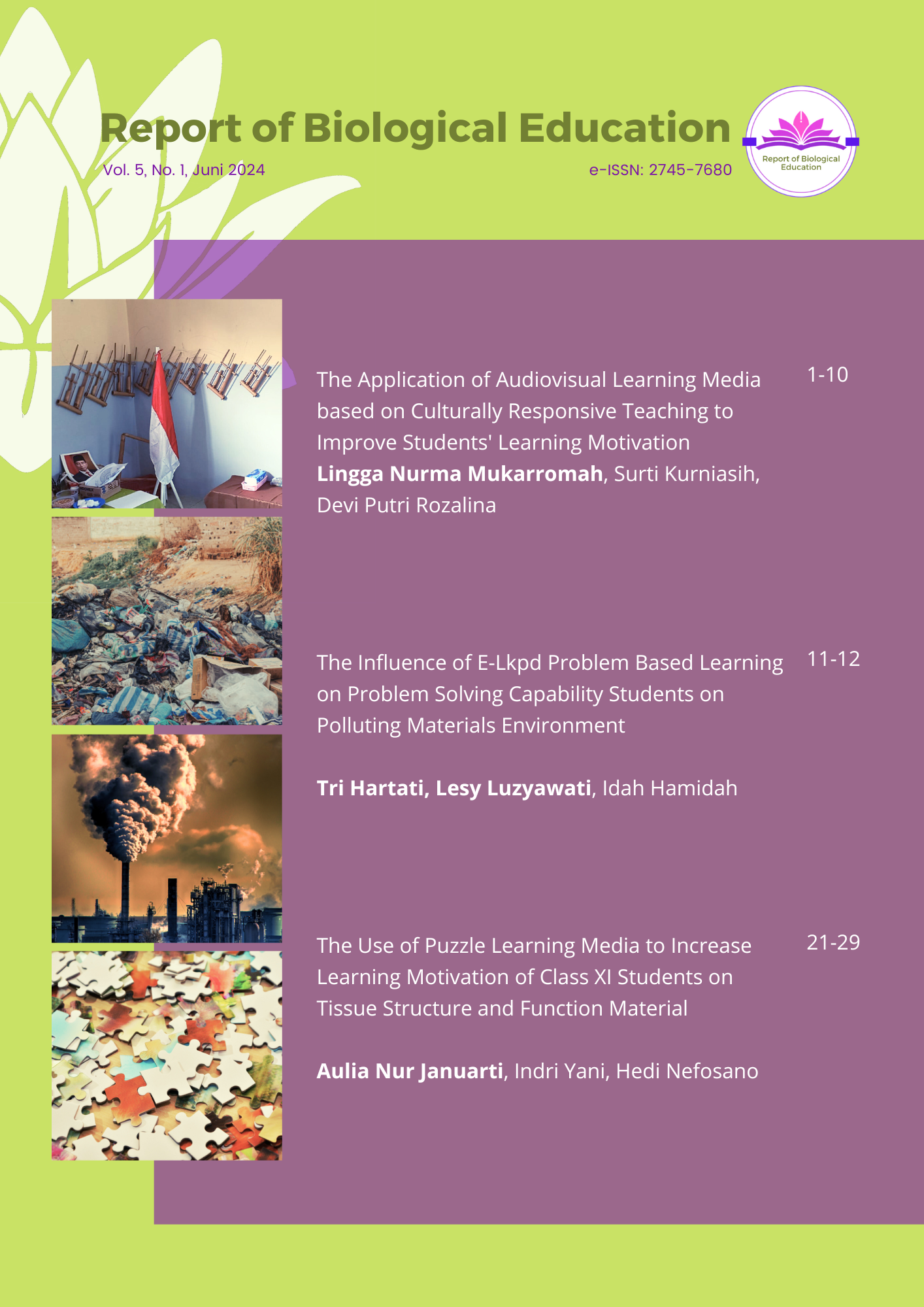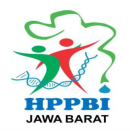The Influence of E-Lkpd Problem Based Learning on Problem Solving Capability Students on Polluting Materials Environment
DOI:
https://doi.org/10.37150/rebion.v5i1.2318Abstract
Background: LKPD used is still in printed form and is not yet varied so that students' problem solving abilities are not optimal. The purpose of this study was to determine the effect of PBL-based E-LKPD on students' problem-solving abilities at MAN 1 Indramayu. Method: This research is a quantitative research with the research design True Experimental Post-test only control design. Population in this study were all students of class X IPA MAN 1 Indramayu with a sample of class X IPA 3 as the control class and class X IPA 2 as the experimental class. Sampling technique in this study was taken using the Cluster Sampling technique. Data were collected by problem solving techniques and observation tests. Test instrument in this study was a description to measure students' problem-solving abilities. The observation sheet instrument contains problem solving indicators, PBL learning syntax, student activities, constraints, and descriptions.. Results: Data analysis techniques using the t-test (Independent Sample T-test). Independent Sample T-test showed sig. (2-tailed) < 0.05, thus proving that there is a significant difference in the average increase in students' problem solving abilities between the experimental class and the control class. Conclusion: Based on the results of the study, it can be concluded that there is an effect of using PBL-based E-LKPD on students' problem-solving abilities.
Keywords : Media E-LKPD; Model Problem Based Learning; Problem solving
Downloads
Published
How to Cite
Issue
Section
License
Copyright (c) 2024 Tri Hartati Hartati, Lesy Luzyawati, Idah Hamidah

This work is licensed under a Creative Commons Attribution-NonCommercial-ShareAlike 4.0 International License.










